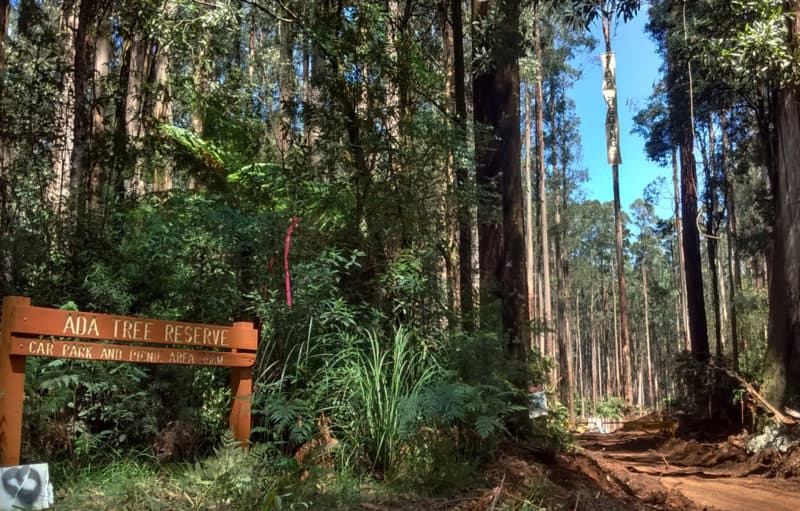Hard hooved animals are not native to Australia. Horses, pigs, goats, deer and cattle cause considerable damage to our native ecosystems, which have evolved without that sort of impact.
This is particularly the case in Victoria’s high country where, among other impacts, the lasting damage horses and cattle have caused to alpine peatbeds and mossbeds has long been recognised.
Victoria’s high country is geologically ancient and quite worn down; it doesn’t have the sharp peaks of younger mountain ranges.
Over millennia, deep peat beds have developed across the high plains, and these peat beds, when healthy, are covered with deep layers of water-absorbing sphagnum moss. These extensive moss/peatbeds are at the headwaters of most of Australia’s alpine rivers and streams – waterways that feed most of the rivers of south-eastern Australia.
They act like enormous sponges across the alpine region, capturing snow-melt water in spring and drip-feeding it into streams through summer.


Destruction of many of these mossbeds over the last 150 odd years, mainly by cattle and horses, has increased spring flood run-off, and decreased summer flows to our rivers.
The damage is particularly extensive in the eastern section of the Alpine National Park, with a Parks Victoria report saying that, in one large area studied, 97% of the mossbeds are impacted by feral horses.
The attached photographs show damage typical to mossbeds and wetlands throughout the eastern alps, primarily caused by feral horses but sometimes also by pigs or deer.
More images of horse damage here
The cattle have gone now, but feral horses still damage high country peatbeds and wetlands. They threaten rare plant and animal species in them, as well as in other alpine and sub-alpine plant communities. That impact is now recognised in both Victorian and Australian threatened species laws.
For example, ‘Degradation and Loss of Habitats Caused by Feral Horses’ is listed as a threatening process in Victoria’s Flora and Fauna Guarantee Act. Two rare mammals, five rare reptiles, five rare insects and nine rare plants are known to be affected by feral horses in Victoria’s high country – the very things the national park is there to protect!

How many horses are there?
The number varies from season to season: horses breed quickly in good seasons, but die in large numbers during droughts and bushfires, or after heavy snow falls. But there have several thousand feral horses in Victoria’s eastern alps for some time now, with a smaller separate population around the Bogong High Plains.
What can be done to stop the damage?
There are several ways horses can be removed from the Alpine National Park. The traditional way is ‘brumby running’, Man from Snowy River style. But this is very stressful to horses.
Fertility control is another possibility, but it is only temporary, almost impossible to use in remote areas, and still leaves a large population of horses in the park.
Perhaps the best is ‘passive trapping,’ when horses are lured into yards, transported out of the park and then, ideally, ‘re-homed’ on farms. But unfortunately few horses can be rehomed successfully. In remote areas trapping is difficult, and any trapped horse faces a very long and stressful journey out of the park over rough 4WD tracks. They are then most commonly trucked all the way to South Australia to an abattoir.
For these reasons, in remote areas, culling on site is considered the most humane method, if carried out by professional hunters in a program under veterinary supervision.
This is the method recently used in Kakadu National Park to manage a large population of horses, buffalo and pigs > see more.
Inevitably, a range of methods will have to be used to control Victoria’s feral horses, but leaving these domestic animals in the high country isn’t good for them. And it’s certainly not good for the national park.
More information
> VNPA submission to Protection of the Alpine National Park: Feral Horse Strategic Action Plan
